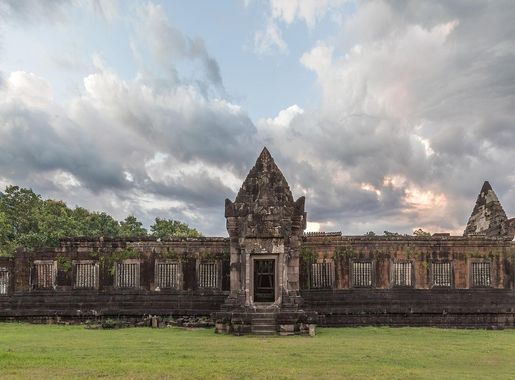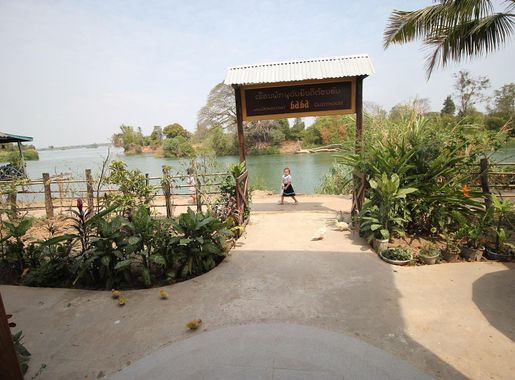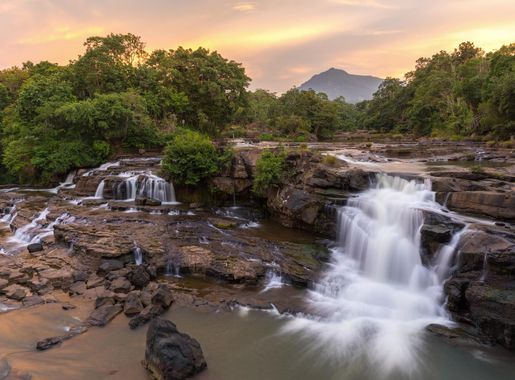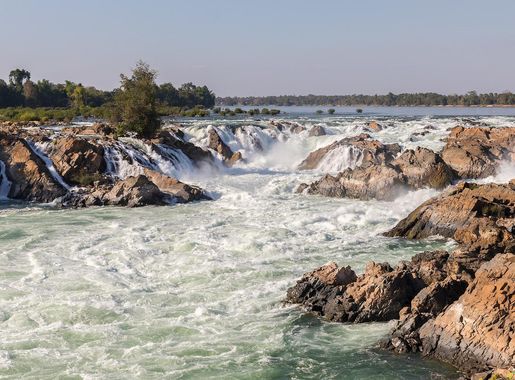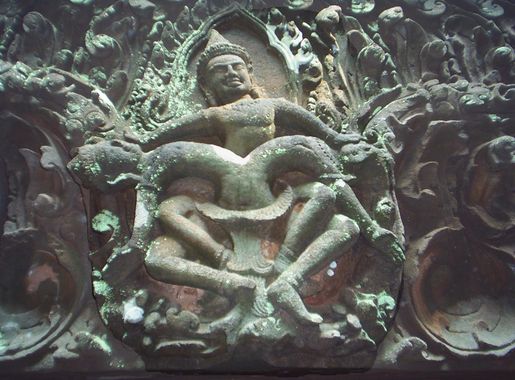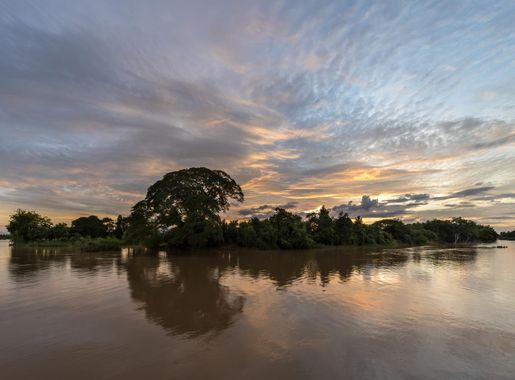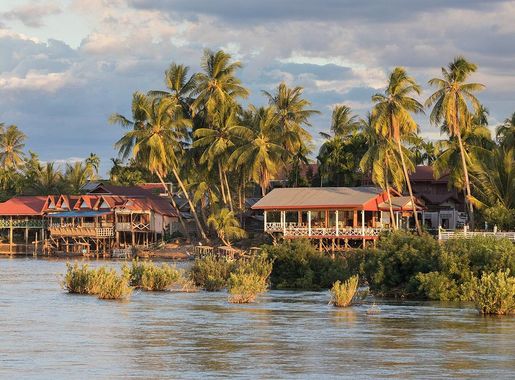
Champasak Province: The Heart of Southern Laos
Discover the rich history, vibrant markets, and natural beauty of Champasak Province in Laos, home to the ancient Wat Phou and the serene 4,000 Islands.
Nestled in the southern region of Laos, Champasak Province is a hidden gem waiting to be discovered by curious travelers. This province is home to a rich blend of history, culture, and natural beauty, making it a must-visit destination in Southeast Asia. One of the most iconic landmarks in Champasak is the ancient temple complex of Wat Phou, a UNESCO World Heritage site. This breathtaking site offers visitors a glimpse into the region's past, with its stunning Khmer architecture and serene surroundings. Champasak is also known for its vibrant local markets, where you can immerse yourself in the daily life of the Laotian people. Here, you can sample delicious local cuisine, shop for unique handicrafts, and experience the warm hospitality of the locals. Don't miss the chance to visit the charming town of Pakse, the provincial capital, which serves as a gateway to the region's many attractions. Nature lovers will find plenty to explore in Champasak, from the lush Bolaven Plateau with its coffee plantations and stunning waterfalls, to the serene 4,000 Islands (Si Phan Don) on the Mekong River. Whether you're seeking adventure or relaxation, Champasak Province offers a diverse range of experiences that will leave you with unforgettable memories.
Local tips in Champasak Province
- Visit Wat Phou early in the morning to avoid the crowds and enjoy the peaceful atmosphere.
- Try the local coffee from the Bolaven Plateau – it's some of the best in the world.
- Explore the 4,000 Islands by boat for a unique perspective of the Mekong River.
- Don't forget to carry cash, as many local markets and small businesses do not accept credit cards.
- Pack comfortable walking shoes, as many attractions involve walking on uneven terrain.
Champasak Province: The Heart of Southern Laos
Nestled in the southern region of Laos, Champasak Province is a hidden gem waiting to be discovered by curious travelers. This province is home to a rich blend of history, culture, and natural beauty, making it a must-visit destination in Southeast Asia. One of the most iconic landmarks in Champasak is the ancient temple complex of Wat Phou, a UNESCO World Heritage site. This breathtaking site offers visitors a glimpse into the region's past, with its stunning Khmer architecture and serene surroundings. Champasak is also known for its vibrant local markets, where you can immerse yourself in the daily life of the Laotian people. Here, you can sample delicious local cuisine, shop for unique handicrafts, and experience the warm hospitality of the locals. Don't miss the chance to visit the charming town of Pakse, the provincial capital, which serves as a gateway to the region's many attractions. Nature lovers will find plenty to explore in Champasak, from the lush Bolaven Plateau with its coffee plantations and stunning waterfalls, to the serene 4,000 Islands (Si Phan Don) on the Mekong River. Whether you're seeking adventure or relaxation, Champasak Province offers a diverse range of experiences that will leave you with unforgettable memories.
When is the best time to go to Champasak Province?
Iconic landmarks you can’t miss
Tad Gneuang Waterfall
Explore the breathtaking beauty of Tad Gneuang Waterfall, a serene gem in Laos surrounded by lush landscapes and stunning natural views.
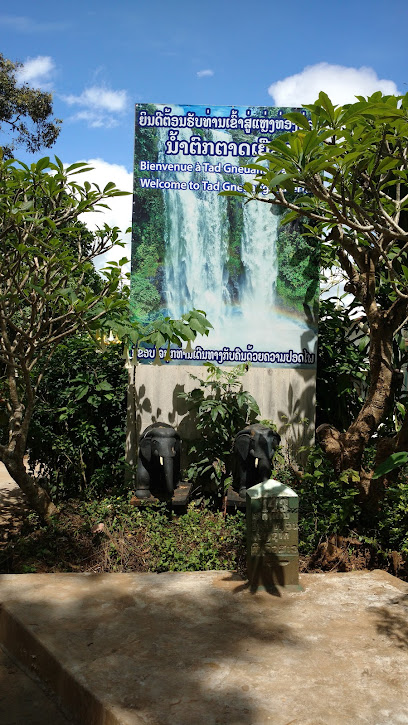
Vat Phou
Explore Vat Phou, a UNESCO World Heritage Site in Laos, showcasing ancient Khmer architecture and spirituality amidst breathtaking landscapes.
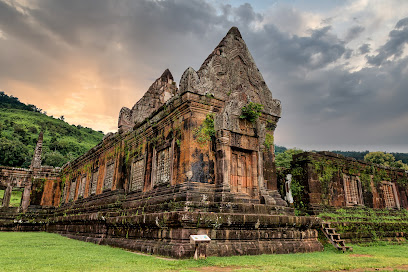
Champasak Grand Hotel
Experience luxury and comfort at Champasak Grand Hotel, your gateway to exploring the stunning landscapes and rich culture of southern Laos.

Wat Phousalao
Discover tranquility at Wat Phousalao, Pakse's stunning Buddhist temple with breathtaking views of the Mekong River and a majestic Buddha statue.
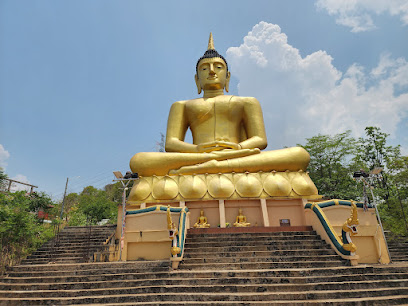
Sabaidee Valley Resort
Discover the perfect blend of relaxation and adventure at Sabaidee Valley Resort, your tranquil oasis in the heart of Laos.
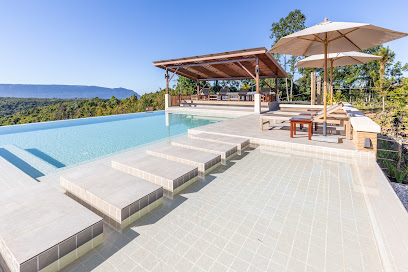
Tad Fane Waterfall
Experience the breathtaking beauty of Tad Fane Waterfall, a stunning natural wonder nestled in the lush landscapes of Laos, perfect for adventure and relaxation.

Wat Luang
Discover the serene beauty and cultural richness of Wat Luang, a captivating Buddhist temple in Pakse, Laos, perfect for spiritual exploration.
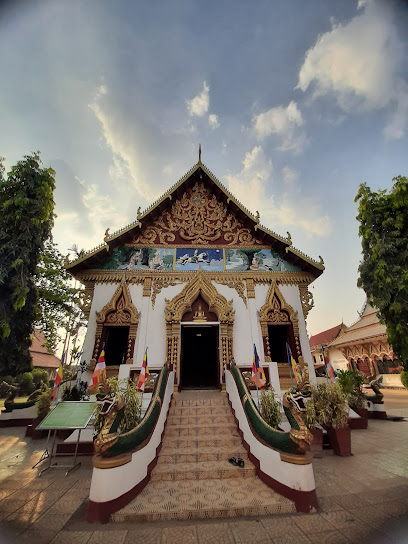
The River Resort
Experience the perfect blend of luxury and nature at The River Resort, where relaxation meets the stunning landscapes of Laos.

La Folie Lodge
Experience the tranquility of Laos at La Folie Lodge, a luxurious haven by the Mekong River with stunning views, exceptional dining, and rejuvenating spa treatments.
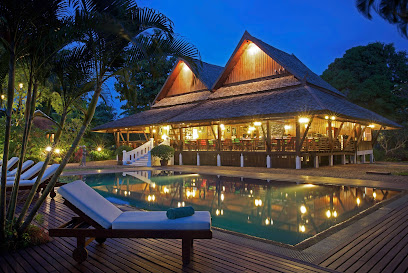
Vat Chompet
Explore the majestic Vat Chompet in Pakse, Laos, a serene Buddhist temple offering breathtaking views and a glimpse into rich cultural heritage.
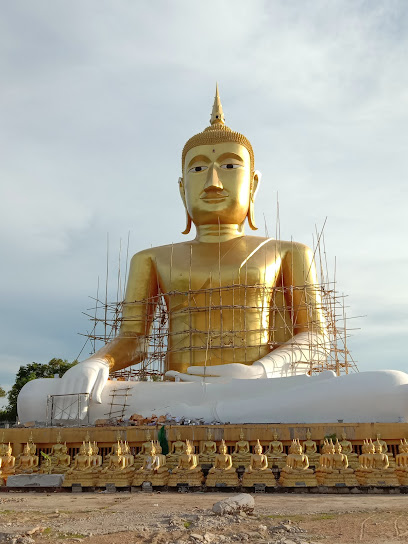
King Kong Restaurant & Bungalows
Discover the perfect blend of relaxation and local cuisine at King Kong Restaurant & Bungalows in the heart of Don Det, Laos.
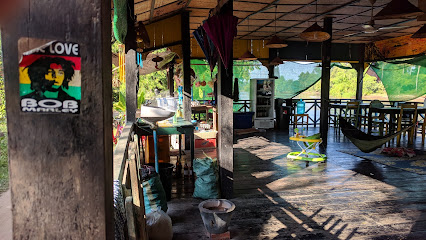
Baan E-Tu Waterfall Resort
Experience the serene beauty of Pakxong at Baan E-Tu Waterfall Resort, where nature meets comfort in the heart of Laos.

Prasat Hong Nang Sida
Explore Prasat Hong Nang Sida, a captivating historical landmark in Muang Champassak, revealing the rich ancient heritage of Laos.
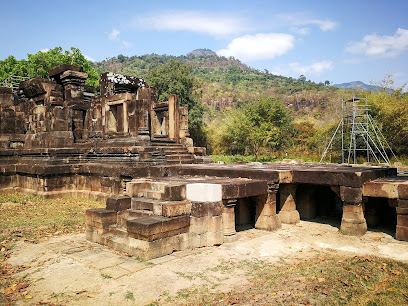
Oum Moung
Discover the tranquility and architectural beauty of Oum Moung, a historic Hindu temple in Muang Champassak, Laos, steeped in rich cultural heritage.
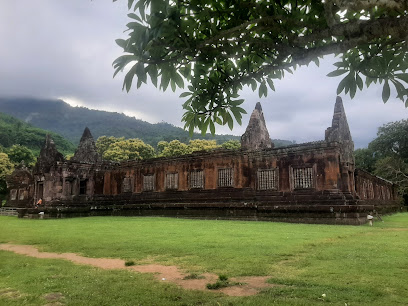
Unmissable attractions to see
Dong Hua Sao National Bio-Diversity Conservation Area
Explore the Dong Hua Sao National Bio-Diversity Conservation Area, a stunning national park in Laos known for its rich biodiversity, lush landscapes, and serene beauty.
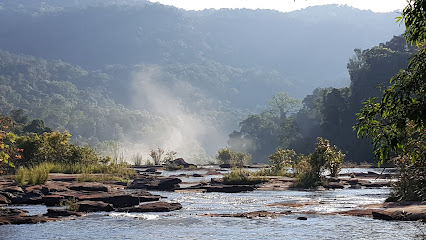
Sae Pong Lai Waterfall
Experience the natural beauty of Sae Pong Lai Waterfall, a hidden gem in Hinlat, Laos, perfect for nature lovers and adventure seekers alike.
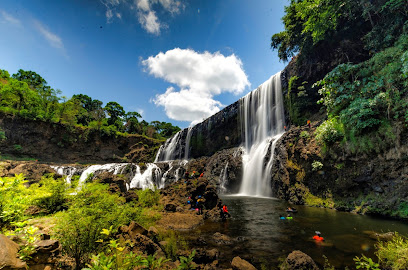
nature beach
Discover the breathtaking beauty of Nature Beach in Khon Tai, a tranquil haven for relaxation and adventure amidst stunning landscapes.

Maak Ngaew Waterfall
Experience the tranquility of Maak Ngaew Waterfall in Don, a hidden gem perfect for nature lovers and adventure seekers in Laos.
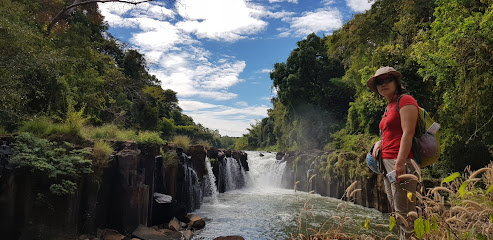
ນ້ຳຕົກຕາດດ່ຽວ Tad Diew Waterfall and Resort
Experience the enchanting beauty of Tad Diew Waterfall and Resort, a natural haven in Laos perfect for relaxation and adventure.
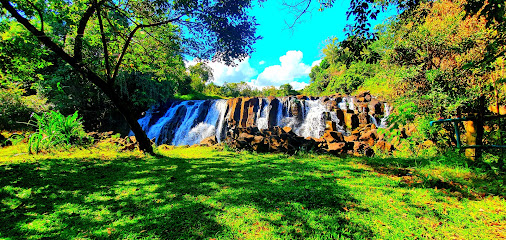
Essential places to dine
Dok Mai Lao Caffe' Restaurant
Savor authentic Italian cuisine at Dok Mai Lao Caffe', where every dish tells a story of tradition and flavor in the heart of Pakse.
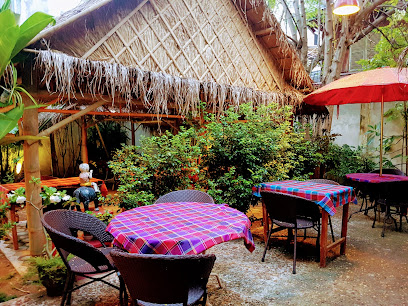
Sabaidee Pakse Restaurant
Discover authentic Lao flavors at Sabaidee Pakse Restaurant in the heart of Pakse - where every meal tells a story.
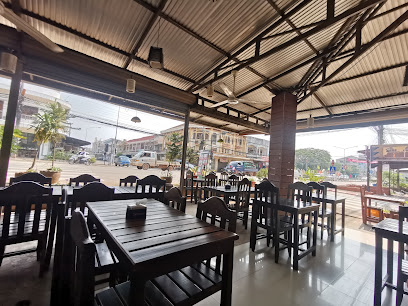
La Boulange, French Traditional Bakery
Experience authentic French pastries and artisanal bread at La Boulange Bakery in Pakse - where every bite is a taste of tradition.
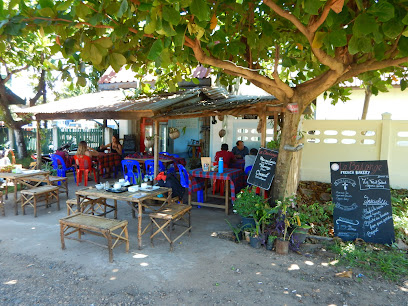
Champasak With Love
Discover authentic Lao flavors at Champasak With Love – where culinary delight meets breathtaking Mekong River views.
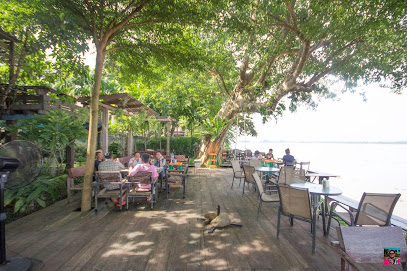
Meiling restaurant
Discover authentic Asian flavors at Meiling Restaurant in Pakse - where culinary excellence meets warm hospitality.
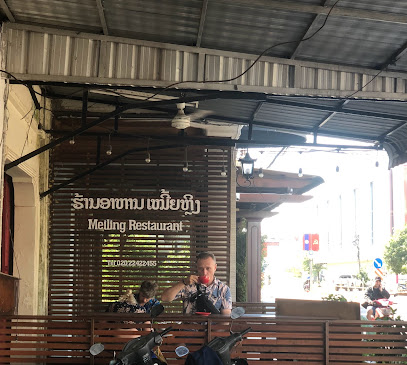
La Mémoire Café & Restaurant
Experience a delightful fusion of Western, Lao, and Vietnamese cuisines at La Mémoire Café & Restaurant in Pakse.
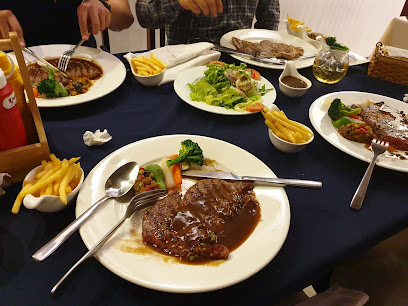
Khamfong Boat Restaurant
Discover authentic Laotian flavors at Khamfong Boat Restaurant—where every meal is a scenic delight along the Mekong River.
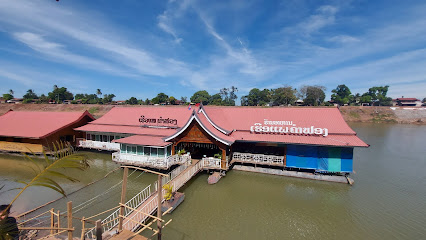
Daolin Restaurant
Discover the rich flavors of Laos at Daolin Restaurant in Pakse – your gateway to authentic Lao cuisine.

Sabaidee 3 Yek Pakse Restaurant
Experience the essence of Laotian cuisine at Sabaidee 3 Yek Pakse Restaurant—where tradition meets flavor in every bite.
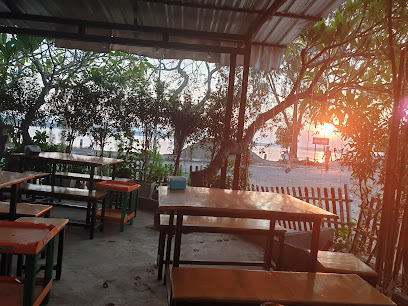
Delta Coffee Shop & Restaurant
Experience authentic Thai flavors and delightful bakery treats at Delta Coffee Shop & Restaurant in Pakse - a must-visit for food lovers!

Hasan Indian Restaurant
Discover authentic Indian cuisine at Hasan Indian Restaurant in Pakse - a culinary delight for every food lover.
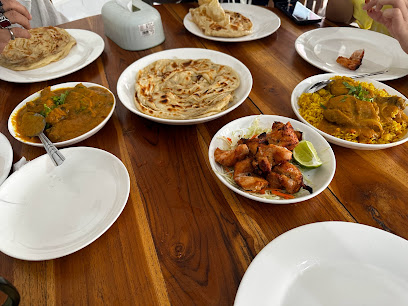
Amor Cafe
Discover the cozy charm of Amor Cafe in Pakse – where delightful coffee meets local culture in an inviting atmosphere.
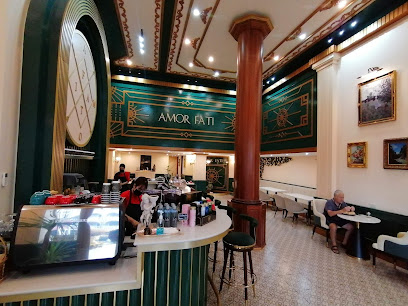
Nakorn Cafe and Restaurant
Experience authentic Laotian cuisine at Nakorn Cafe and Restaurant in Muang Champassak - where flavor meets culture.
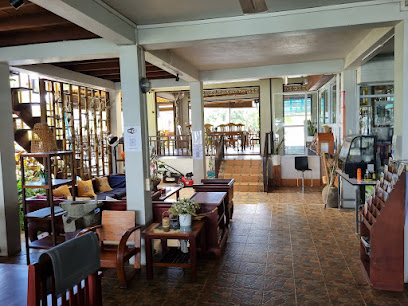
La Biang Phu Restaurant
Discover authentic Lao cuisine at La Biang Phu Restaurant in Pakse – where flavor meets tradition in a cozy setting.
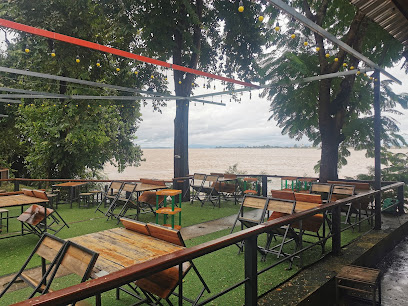
Jasmin Restaurant
Savor authentic Indian flavors at Jasmin Restaurant in Pakse - a delightful culinary escape filled with warmth and rich tastes.
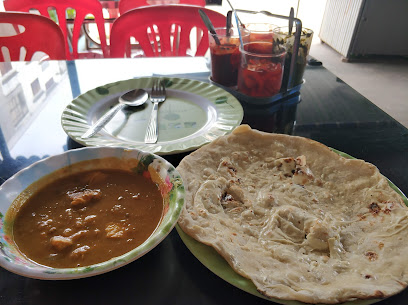
Markets, malls and hidden boutiques
ຈຸດບໍລິການລ້າງອັດສີດ
Experience the essence of local life at ຈຸດບໍລິການລ້າງອັດສີດ, your gateway to fresh produce and regional delicacies in Muang Champassak.
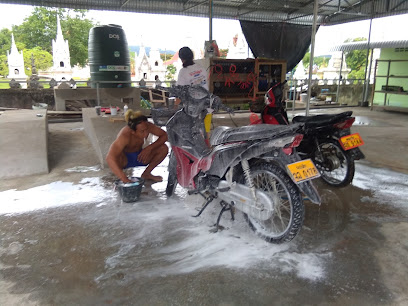
Weaving shop
Explore the vibrant world of handwoven textiles at Muang Champassak's Weaving Shop, a cultural gem showcasing Lao craftsmanship and artistry.
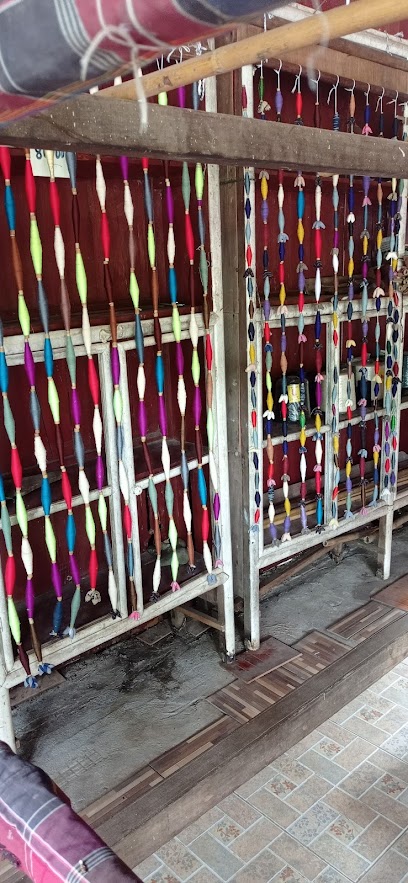
P&P Home appliance shop
Explore the P&P Home Appliance Shop in Pakse for a unique selection of electronics and home appliances that reflect the vibrant culture of Laos.
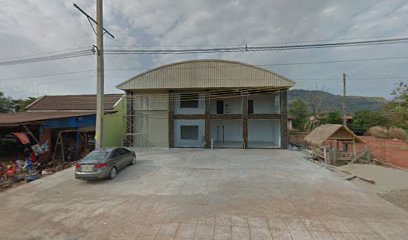
Sawang Boutique
Discover unique fashion and local culture at Sawang Boutique, a stylish clothing store in the heart of Pakse, Laos.
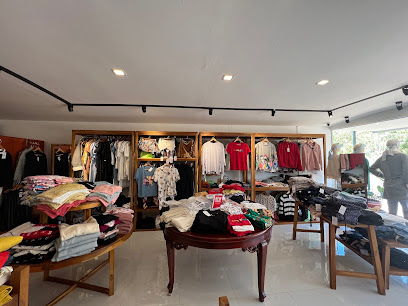
Basketry
Explore the rich heritage of basketry in Wat Muang Kao, where traditional craftsmanship meets modern elegance in every woven piece.
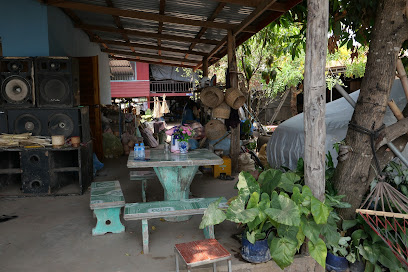
Phouy Desiner clothes
Discover stylish and durable workwear at Phouy Desiner Clothes in Pakse, perfect for professionals seeking comfort and elegance.
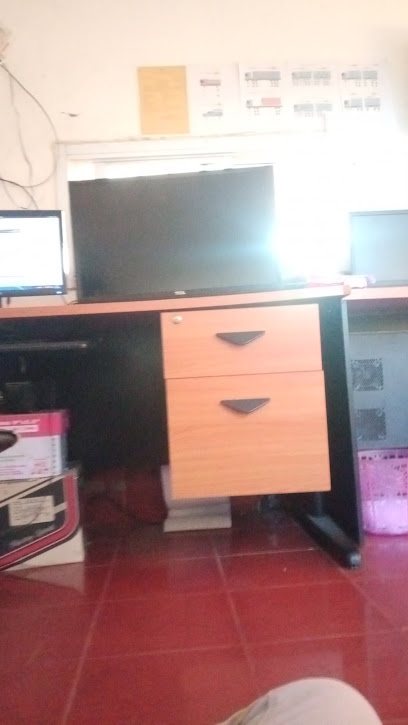
evo champasak
Explore Evo Champasak in Pakse for an extensive selection of sports gear and equipment, perfect for your adventures in Laos.
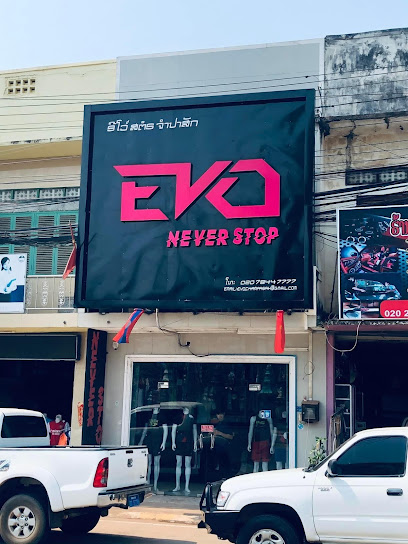
Vat Phu Coffee
Experience the rich flavors of Laos at Vat Phu Coffee, a charming coffee store in Muang Champassak surrounded by breathtaking views.
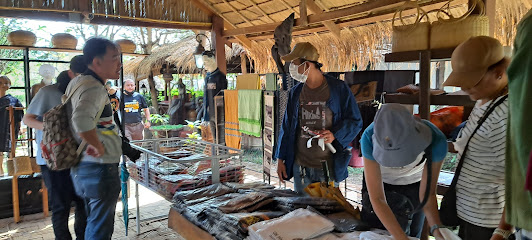
ຮ້ານສະດວກຊື້ ຄຳທະວົງ
Explore the authentic tastes of Laos at ຮ້ານສະດວກຊື້ ຄຳທະວົງ, a must-visit grocery store in Pakse for local ingredients and snacks.

Sili Silk and Lao Women Clothing Shop
Explore the vibrant Sili Silk and Lao Women Clothing Shop in Pakse for exquisite silk garments and authentic Lao fashion, a true cultural experience.
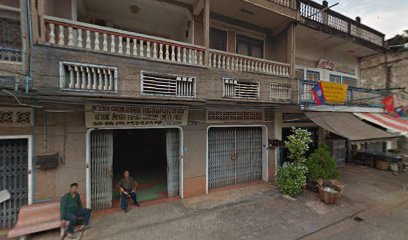
Nhà máy nước Good
Explore the Good Water Factory in Pakse for an authentic taste of local culture and a unique grocery shopping experience.

Regenddoll
Discover local treasures and craftsmanship at Regenddoll in Muang Champassak, a charming store that reflects the essence of Laotian culture.

Sit pml
Discover unique Laotian treasures at Sit pml, your go-to gift basket store in Pakse, offering authentic local products and cultural insights.

ຮ້ານ nabi ຂາຍເຄື່ອງສຳອາງ
Explore Nabi Gift Shop in Pakse for authentic Laotian souvenirs and unique handicrafts that capture the spirit of Laos.
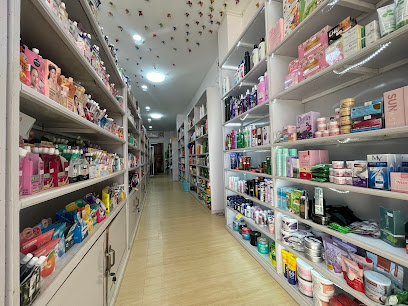
ຮ້ານ ອາໝວຍ Shop
Discover the vibrant blend of traditional and modern fashion at ຮ້ານ ອາໝວຍ Shop in Pakse, Laos.
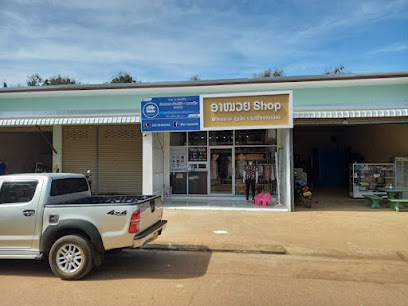
Essential bars & hidden hideouts
SéSé Wine and Beer
Experience the vibrant flavors of Pakse at SéSé Wine and Beer, where local brews and exquisite wines meet a warm, welcoming atmosphere.
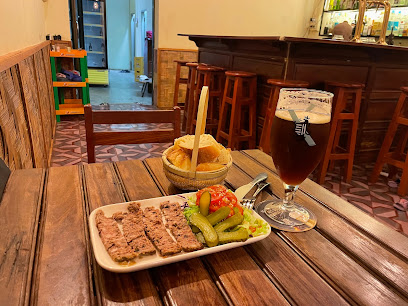
Kiloy2000 Beer Garden & Restaurant
Discover the lively Kiloy2000 Beer Garden & Restaurant in Pakse, where delicious grilled dishes meet refreshing drinks in a vibrant atmosphere.
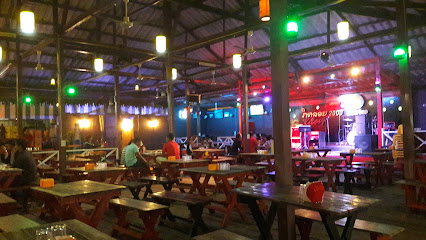
Adams Bar and Restaurant
Experience the vibrant atmosphere of Adams Bar and Restaurant, offering a delightful mix of local and international flavors in Nakasong.
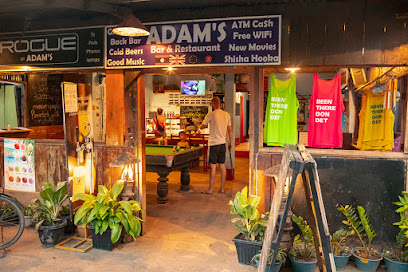
Reggae Bar
Discover the vibrant spirit of Nakasong at Reggae Bar, where good vibes, great drinks, and unforgettable experiences await.
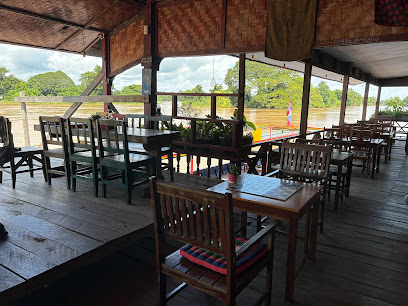
One More Bar and Restaurant
Experience the vibrant flavors and picturesque views at One More Bar and Restaurant in Don Det, the perfect spot for relaxation and indulgence.
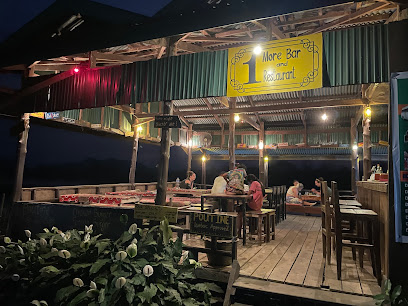
Brick House Sport Bar & Restaurant
Discover Pakse's vibrant atmosphere at Brick House Sport Bar & Restaurant, where sports meet delicious dining in a lively setting.
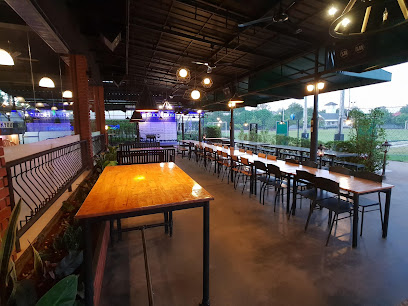
Sabai Sabai Bar
Discover the serene beauty and vibrant atmosphere of Sabai Sabai Bar on Don Det, your perfect sunset retreat in Laos.
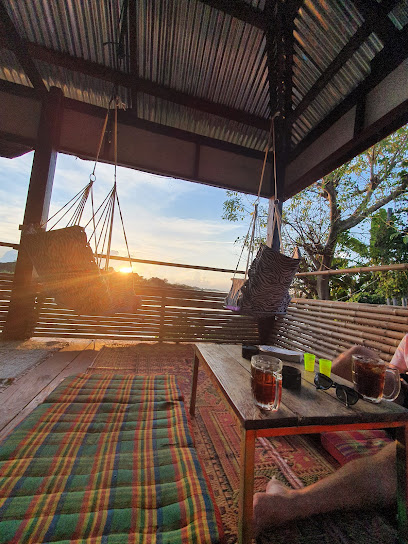
Jarn Xang Café
Experience local flavor and vibrant culture at Jarn Xang Café in Muang Champassak, a perfect spot for relaxation and enjoyment.
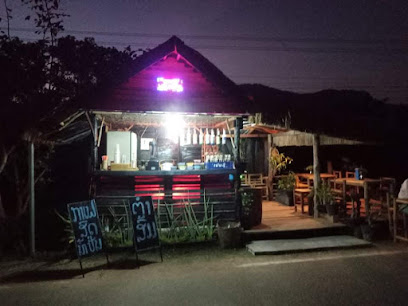
Shockwave Bar Pakse
Discover the vibrant nightlife at Shockwave Bar in Pakse, where creative cocktails and a unique atmosphere await every traveler.
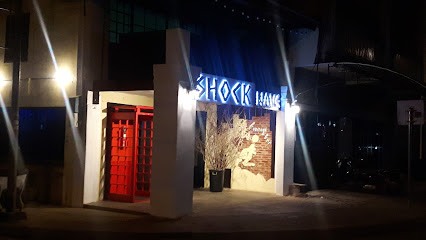
Philip's Bar
Experience the vibrant atmosphere of Philip's Bar in Nakasong, where locals and travelers unite for unforgettable drinks and camaraderie.
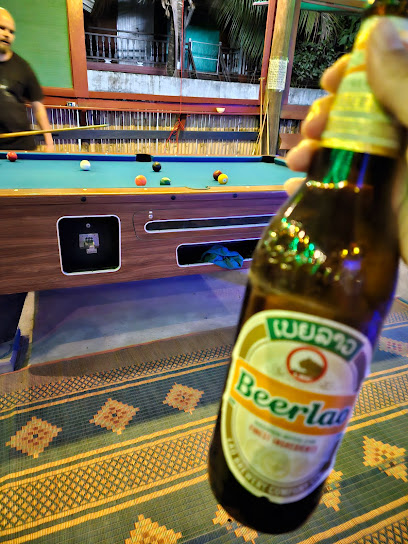
ຮ້ານ ປີ້ງເປັດ ອາໝວຍ
Discover the lively nightlife and authentic Laotian culture at ຮ້ານ ປີ້ງເປັດ ອາໝວຍ, a vibrant bar in Paksong.

Solbar&Restaurant
Discover the vibrant nightlife of Pakse at Solbar & Restaurant, a local favorite for drinks and delightful conversations.
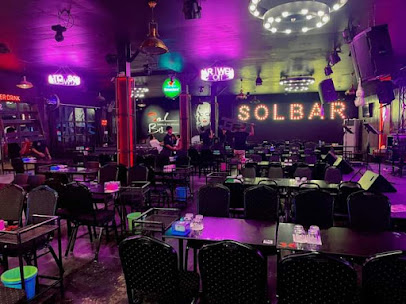
Crazy Bar
Discover the lively atmosphere of Crazy Bar in Pakse, where vibrant nightlife meets local culture and exceptional drinks.
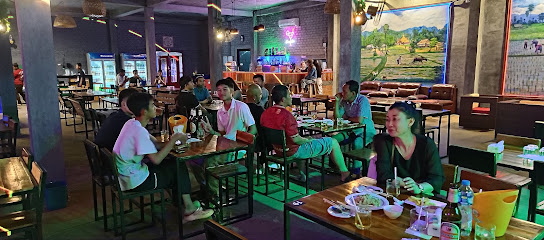
peunkan
Discover Peunkan in Paksong: the perfect bar to unwind with local drinks and vibrant culture amid stunning landscapes.
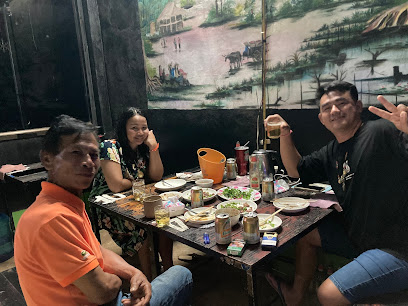
Luciano Cocktail
Discover the vibrant nightlife of Pakse at Luciano Cocktail, where exquisite drinks and a lively atmosphere await every visitor.
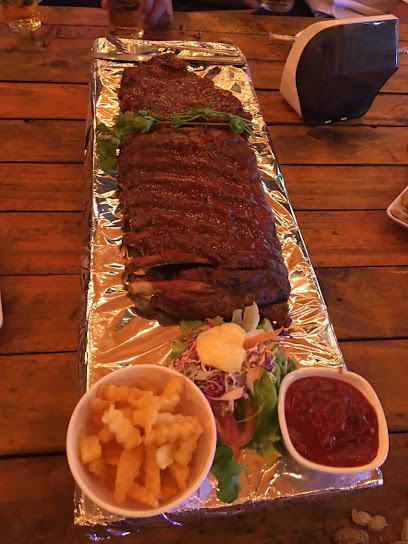
Local Phrases about Champasak Province
-
- Helloສະບາຍດີ
[sa bai dee] - Goodbyeສະບາຍດີ
[la khon] - Yesຂ້ອຍ
[koy] - Noບໍ່
[bo] - Please/You're welcomeຂ້ອຍດື່
[koy doy] - Thank youຂໍຂອບ
[kop khun] - Excuse me/Sorryຂໍຂອບ
[kop khun] - How are you?ເດີນ້ອຍດີທີ່ເດີນທີ?
[den noi dai tee den tee] - Fine. And you?ດີນ້ອຍດີ
[dai tee] - Do you speak English?ເຈົ້າໃຊ້ພາສາອັງກິດບໍ?
[jao sai pha sa ang kit bo] - I don't understandຂໍ່ເຂົ້າໃຈ
[bo khao chai]
- Helloສະບາຍດີ
-
- I'd like to see the menu, pleaseເຈົ້າຕໍ່ໄປເບີໂທລ້ຽວອາຫານ, ເຈົ້າຕ້ອງຟັງ
[jao bpai beu to loy ao hahn, jao tong fang] - I don't eat meatຂໍ້ເຂົ້າອາຫານຊີ້
[bo khao ah hahn see] - Cheers!ສິດເດີ
[sip dee] - I would like to pay, pleaseເຈົ້າຕ້ອງຈ່າກເຈົ້າຕໍ່ໄປ
[jao tong jahk jao to bpai]
- I'd like to see the menu, pleaseເຈົ້າຕໍ່ໄປເບີໂທລ້ຽວອາຫານ, ເຈົ້າຕ້ອງຟັງ
-
- Help!ຊ່ວຍເຫຼືອ
[sui hua] - Go away!ຊອກໜ້າ
[sok na] - Call the Police!ໂທດີກ້າວ
[to di kaw] - Call a doctor!ໂທດີທ່ຽວໝາຍ
[to di tiao mai] - I'm lostຂໍຢູ່ການ
[bo yu kan] - I'm illຂໍເຈີ້
[bo joi]
- Help!ຊ່ວຍເຫຼືອ
-
- I'd like to buy...ເຈົ້າຕໍ່ໄປຊື້...
[jao bpai soom...] - I'm just lookingຂໍເບິ່ງເຈົ້າ
[bo bing jao] - How much is it?ແມ່ນບໍ່?
[man bo?] - That's too expensiveຫຼາຍກວ່າເຈົ້າ
[lai kwa jao] - Can you lower the price?ເຈົ້າສາມາດໄດ້ຫມາຍໄປຂື້ນລະຫວ່າງດີບໍ?
[jao samat dai mai yai pai neua lawang dai bo?]
- I'd like to buy...ເຈົ້າຕໍ່ໄປຊື້...
-
- What time is it?ເຈົ້າໃຊ້ມືຖືກແມ່ນເວລາ?
[jao sai me tuk man wee la] - It's one o'clockແມ່ນໄພຊື້
[man fai see] - Half past (10)ສິນຄະວິດ (10)
[sin ka wi duay sip] - Morningວັນເຊິ້ນ
[wan sen] - Afternoonວັນຕາດ
[wan tahd] - Eveningວັນແລງ
[wan laeng] - Yesterdayມື້ວາ
[me wa] - Todayມື້ນີ້
[me ni] - Tomorrowມື້ອື່ນ
[me un] - 1ໜ້າ
[na] - 2ສອງ
[song] - 3ສາມ
[sam] - 4ເສົ້າ
[see] - 5ຫ້າ
[ha] - 6ໂຮງ
[hok] - 7ແປງ
[paeng] - 8ເຈັນ
[jian] - 9ເກົາ
[kao] - 10ສິບ
[sip]
- What time is it?ເຈົ້າໃຊ້ມືຖືກແມ່ນເວລາ?
-
- Where's a/the...?ບ້ານຫວ່າງດີບໍ?
[ban lawang dai bo?] - What's the address?ທີ່ຢູ່ແທນດີບໍ?
[tee yu taen dai bo?] - Can you show me (on the map)?ເຈົ້າສາມາດໄດ້ຕ່າງການດີບໍ?
[jao samat dai tang kan dai bo?] - When's the next (bus)?ກຳລັງສົ່ງມື້ອັນດີບໍ?
[kam lang song me an dai bo?] - A ticket (to ....)ເຈົ້າບໍ່ສອບຫ້ອງ...
[jao bo song hao ng...]
- Where's a/the...?ບ້ານຫວ່າງດີບໍ?
History of Champasak Province
-
Champasak Province is home to the ancient ruins of Vat Phou, a pre-Angkorian temple complex that dates back to the 5th century. This UNESCO World Heritage Site showcases the architectural prowess and spiritual significance of the Khmer Empire. The temple complex was dedicated to the Hindu god Shiva and later became a center for Theravada Buddhism. Vat Phou's intricate carvings, expansive terraces, and stunning views of the surrounding landscape offer a glimpse into the region's storied past.
-
From the 16th to the 19th century, Champasak Province was the heart of the Kingdom of Champasak. This independent monarchy was a significant player in the geopolitics of Southeast Asia, engaging in trade and sometimes conflict with neighboring kingdoms. The royal city of Champasak was an important cultural and economic hub, known for its vibrant markets, elaborate festivals, and rich traditions. Although the kingdom was eventually absorbed into French Indochina in the late 19th century, its legacy continues to influence the region's culture and identity.
-
Champasak Province fell under French control in the late 19th century, becoming part of French Indochina. This period brought significant changes, including the introduction of new infrastructure, such as roads and schools, and the spread of Catholicism. The French influence can still be seen in the colonial architecture and urban planning of Champasak town. However, the colonial era also brought challenges, including exploitation of local resources and resistance from the indigenous population.
-
Laos gained independence from French colonial rule in 1953, and Champasak Province played an essential role in the country's struggle for self-determination. During the First Indochina War and later the Laotian Civil War, the province saw significant military activity. The Pathet Lao, a communist political movement, gained considerable support in the region, leading to the establishment of the Lao People's Democratic Republic in 1975. The province's tumultuous history during this period is a testament to the resilience and determination of its people.
-
Champasak Province is a melting pot of cultures, with influences from Lao, Khmer, and Thai traditions. The region is known for its vibrant festivals, such as the annual Vat Phou Festival, which celebrates the province's rich history and spiritual heritage. Traditional music, dance, and handicrafts are integral parts of daily life, with artisans preserving age-old techniques in weaving, wood carving, and pottery. The province's cuisine is also a highlight, featuring a blend of flavors and ingredients unique to the region.
-
Champasak Province is blessed with stunning natural landscapes, from the lush forests of the Dong Hua Sao and Xe Pian National Protected Areas to the majestic waterfalls of Tad Fane and Tad Yuang. The Mekong River, which flows through the province, is a vital lifeline for local communities, providing water, food, and transportation. The Si Phan Don (Four Thousand Islands) archipelago is a must-visit destination, offering opportunities for boating, fishing, and exploring the idyllic riverine scenery.
Champasak Province Essentials
-
Champasak Province can be accessed via Pakse International Airport (PKZ), which has regular flights connecting to Vientiane, Bangkok, and other regional hubs. From the airport, you can take a taxi or tuk-tuk to your accommodation or other destinations within the province. Alternatively, you can travel by bus from Vientiane, which takes approximately 10-12 hours. There are also options for river travel along the Mekong River, offering a scenic route to the province.
-
Transportation within Champasak Province includes tuk-tuks, taxis, and rented motorbikes. Tuk-tuks are a popular and inexpensive way to get around for short distances. For longer journeys, taxis are available but may require negotiation on fare. Motorbike rentals offer flexibility and are ideal for exploring rural areas. Public buses and minibuses (songthaews) connect major towns but may not be as frequent or reliable as other transport options.
-
The official currency in Laos is the Lao Kip (LAK). Cash is essential as credit cards are not widely accepted, especially in smaller establishments and rural areas. ATMs are available in Pakse and other major towns, but it's advisable to carry sufficient cash for your travels. Some larger hotels and restaurants may accept USD or Thai Baht, but it is always better to use the local currency.
-
Champasak Province is generally safe for tourists. However, it is important to take standard precautions. Avoid walking alone at night in unfamiliar areas and keep an eye on your belongings in crowded places. Petty theft can occur, especially in busy tourist areas. There are no specific high-crime neighborhoods targeting tourists, but vigilance is always recommended.
-
In case of emergency, dial 1190 for police assistance or 1195 for medical emergencies. Pakse Hospital is the main medical facility in the province. It is recommended to have travel insurance that covers medical emergencies. Pharmacies are available in major towns where you can purchase over-the-counter medications. For minor health issues, local clinics can provide basic care.
-
Fashion: Do dress modestly, particularly when visiting temples and religious sites. Avoid wearing revealing clothing. Religion: Do respect local customs and traditions. Always remove your shoes and cover your shoulders and knees when entering temples. Public Transport: Do be courteous and give up your seat for elderly passengers. Don’t eat or drink on public transport. Greetings: Do greet people with a slight bow or a 'nop' (palms pressed together at chest level). Eating & Drinking: Do try local dishes and accept food graciously. Don’t refuse hospitality, as it is considered impolite.
-
To experience Champasak Province like a local, visit the morning markets where you can buy fresh produce and local handicrafts. Engage with locals who are often friendly and eager to share stories about their culture and history. Don't miss visiting the UNESCO World Heritage Site of Vat Phou, an ancient Khmer temple complex. For a unique experience, take a boat trip on the Mekong River to explore the 4,000 islands (Si Phan Don) area, known for its serene landscapes and rare Irrawaddy dolphins.
Nearby Cities to Champasak Province
-
Things To Do in Pakse
-
Things To Do in Ubon Ratchathani
-
Things To Do in Kratie
-
Things To Do in Savannakhet
-
Things To Do in Hue
-
Things To Do in Siem Reap
-
Things To Do in Da Nang
-
Things To Do in Tam Ky
-
Things To Do in Hoi An
-
Things To Do in Buon Ma Thuot
-
Things To Do in Thakhek
-
Things To Do in Battambang
-
Things To Do in Phnom Penh
-
Things To Do in Quy Nhon
-
Things To Do in Dalat

